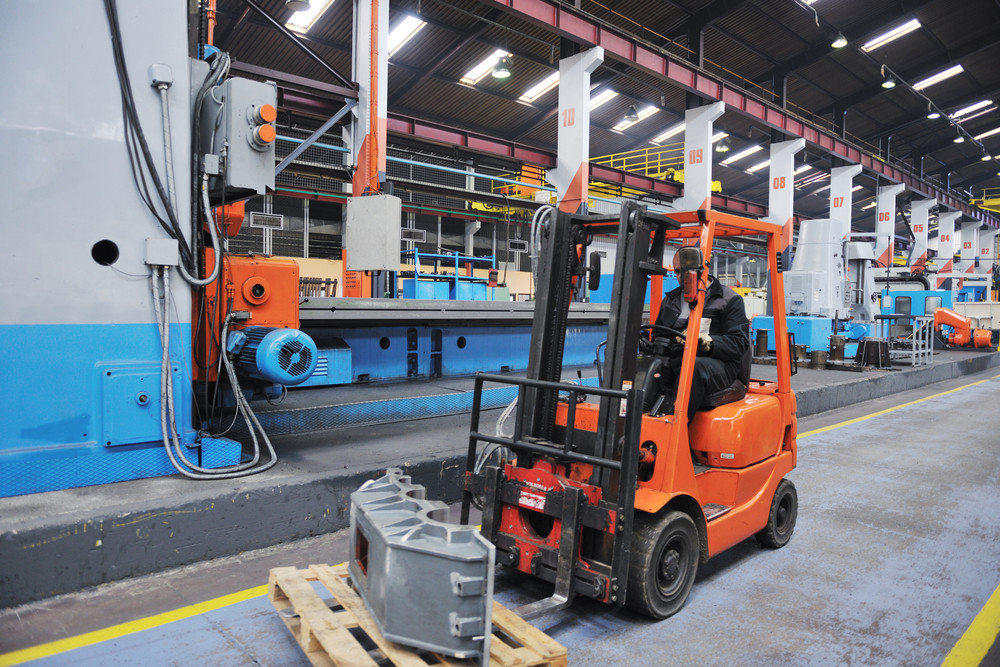RIM: The Superior Alternative to Traditional Injection Molding

Due to their similarities in name, there may be some confusion between the terms injection molding and reaction injection molding. Unlike the traditional injection molding process, reaction injection molding material is produced via chemical reactions generated by applying pressures of between 1,500 and 3,000 psi to combine the two liquid plastic components by impingement. The result is stronger, more lightweight and more customizable parts. In addition to the manufacturing process, reaction injection molding has a number of unique advantages over the traditional method.
Larger, lighter-weight parts
The increased fluidity of polyurethane components produced during the reaction injection molding process allows for more even distribution of the material within the mold. The result is the ability to create larger parts than would be possible using traditional injection molding. In addition, mold pressures are significantly lower, which in turn requires smaller presses.
Lower cost molds
Due to the lower injection pressures involved, mold builders have the option of using reaction injection molding materials that are less expensive, including steel, aluminum, nickel, epoxy, silicone and fiberglass.
Flexibility in design
Reaction injection molding material allows for the creation of complex shapes and highly-detailed parts. Larger parts or those with varying thicknesses can also be designed into the same molded part.
Faster prototyping
Utilizing the RIM process, working prototypes can often be developed over a period of 3-15 days and a cost lower than the traditional polyurethane injection molding process. This more efficient prototyping process also allows for more time to be invested into the ergonomic and functionality testing needed before the actual molds are produced.
Finer finishes
The higher quality surface finish of the reaction injection molding process allows manufacturers to create high-gloss finishes for the final molded polyurethane parts which are on par with those of their high-gloss painted metal counterparts.
More benefits
In addition to the advantages mentioned above, reaction injection molding material is more resistant to heat, are more thermally insulated and more dimensionally stable. RIM parts are also more resistant to organic and inorganic acids, solvents and other potentially damaging chemicals. They also hold up well to weathering and aging, although a color shift on the surface finish can result from prolonged exposure to ultraviolet light.
Conclusion
In comparing traditional injection molding with reaction injection molding, the advantages outlined above make the latter process a more logical and cost-effective option. Given the extra strength, more complex and flexible designs, higher quality finishes and other numerous benefits, the RIM process is a clearly superior alternative to the traditional method.
